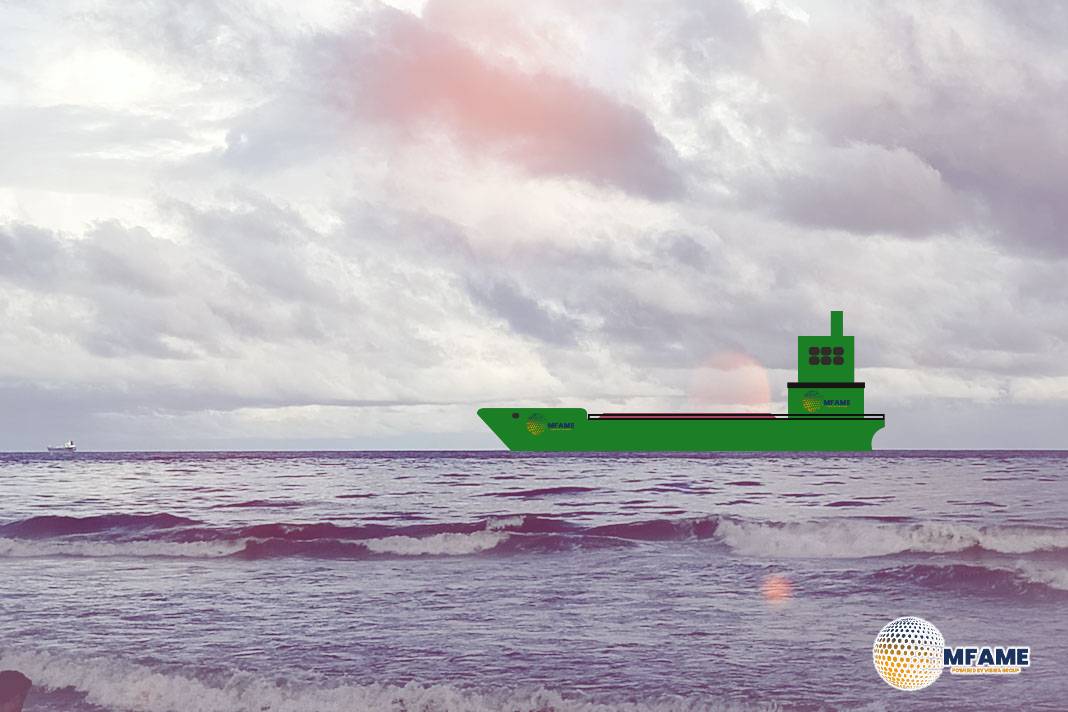Mitsubishi Shipbuilding Co., Ltd., part of the Mitsubishi Heavy Industries (MHI) Group, has held a christening and launch ceremony for the large car ferry HAMANASU at its Enoura Plant in the Shimonoseki Shipyard & Machinery Works, Yamaguchi Prefecture. The event took place on October 9, 2025, marking the launch of the second of two large ferries ordered by Shinnihonkai Ferry Co., Ltd. in collaboration with the Japan Railway Construction, Transport and Technology Agency (JRTT).
The newly christened ferry was named HAMANASU, after a species of native shrub rose that thrives in northern Japan. The naming ceremony featured Nozomi Kobayashi, a ship travel ambassador for the Japan Passengerboat Association, who performed the traditional rope-cutting. Shinnihonkai Ferry President Yasuo Iritani officiated the christening. Following the launch, HAMANASU will undergo outfitting and sea trials before its scheduled delivery in June 2026. Once completed, it will operate on the route between Otaru in Hokkaido and Maizuru in Kyoto Prefecture. The vessel marks the tenth ferry constructed by Mitsubishi Shipbuilding for Shinnihonkai Ferry, reflecting the company’s long-standing partnership with the shipbuilder.
Improving fuel efficiency and reducing environmental impact
HAMANASU incorporates several advanced design features aimed at improving fuel efficiency and reducing environmental impact. Its hull features a buttock-flow stern form and a distinctive ducktail shape that enhances hydrodynamic performance. The vessel also adopts a KATANA BOW design to minimize wave resistance and improve seakeeping performance. For stability and comfort, the ship is equipped with an anti-rolling tank and fin stabilizers. Together, these innovations are expected to achieve around a 5% improvement in propulsion energy efficiency compared with conventional designs.
The first vessel in the series, KEYAKI, was launched earlier in April 2025 and is scheduled for delivery in November of the same year. Both ships share similar specifications, including a length of approximately 199 meters, a beam of about 25.5 meters, and a gross tonnage of around 14,300 tons. HAMANASU will sail at a service speed of roughly 28 knots and can accommodate up to 286 passengers, along with 150 trucks and 30 passenger cars.
The introduction of HAMANASU comes at a time when Japan is encouraging a modal shift from land to sea transportation to reduce carbon emissions and ease pressure on the trucking industry, which faces labor shortages under new work-style reforms. Mitsubishi Shipbuilding aims to contribute to sustainable maritime transport by delivering vessels that enhance operational efficiency, support logistics resilience, and minimize environmental impact.
Did you subscribe to our daily Newsletter?
It’s Free Click here to Subscribe!
Source: MHI
















